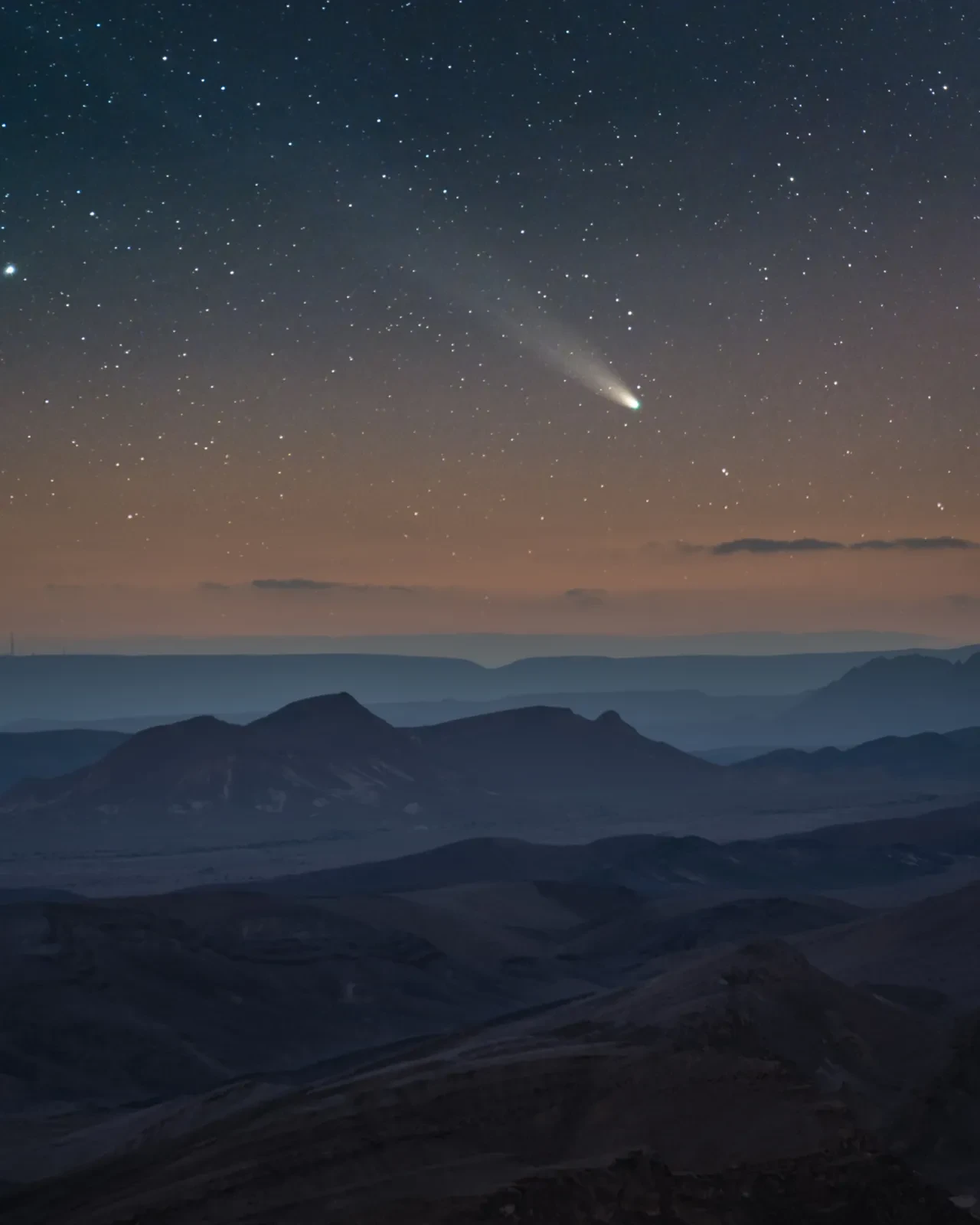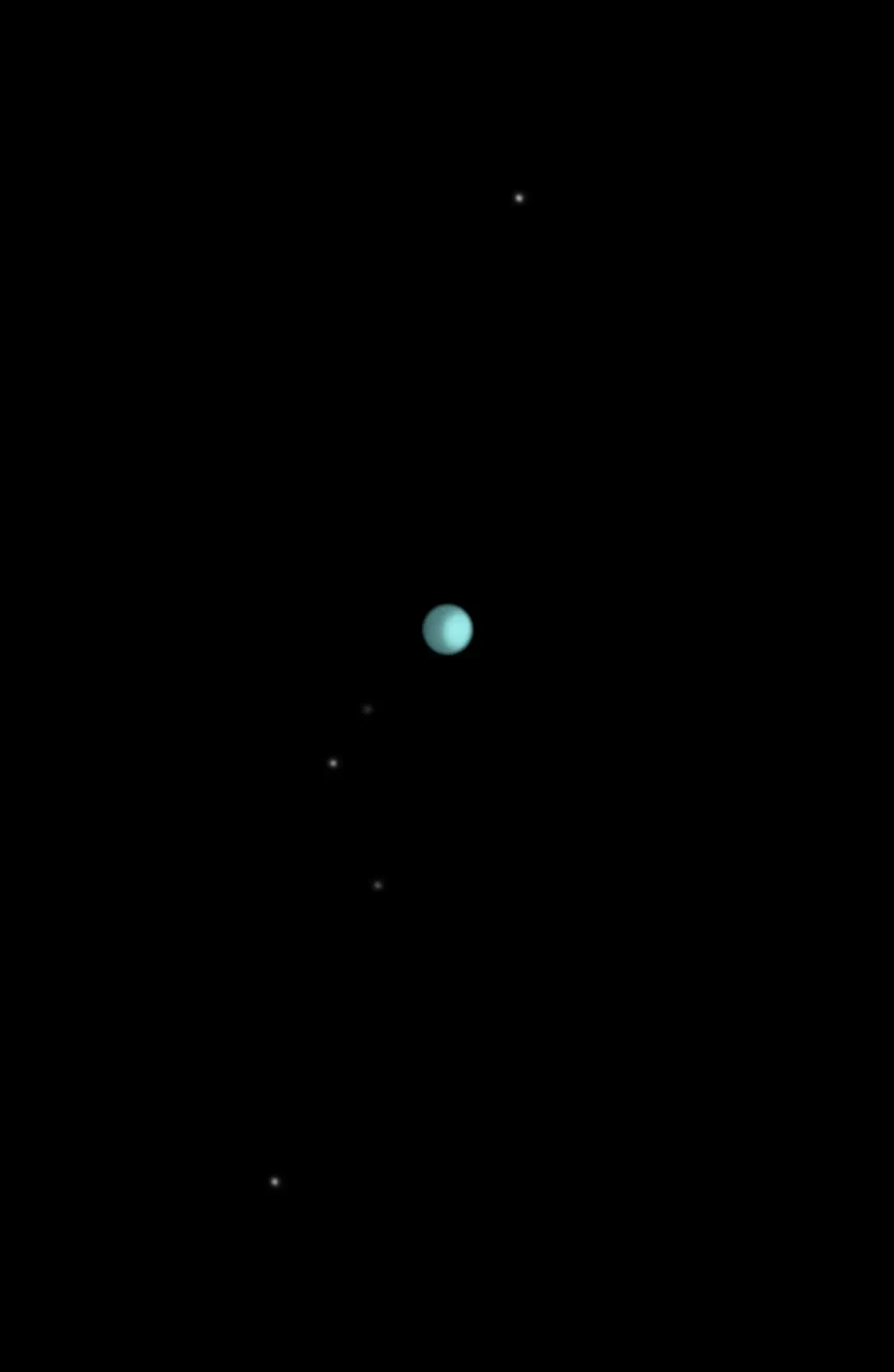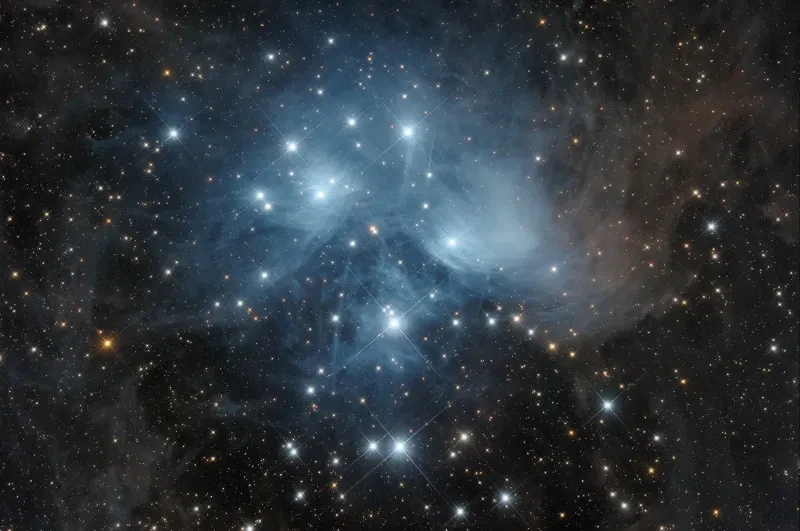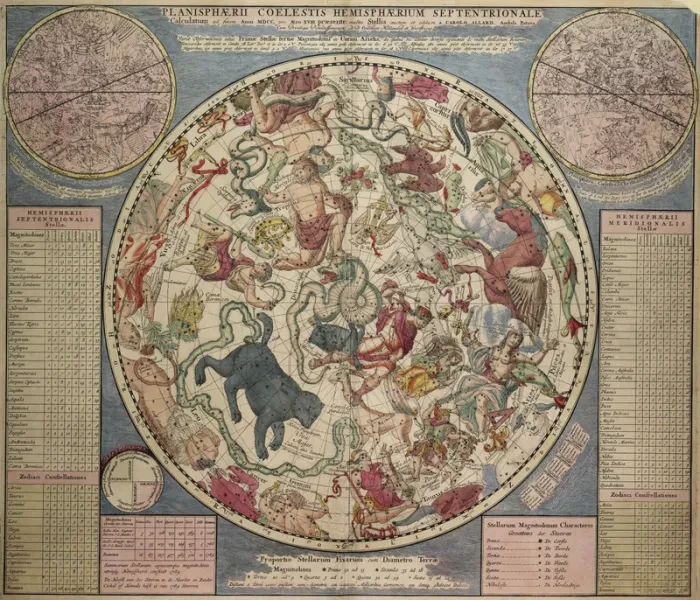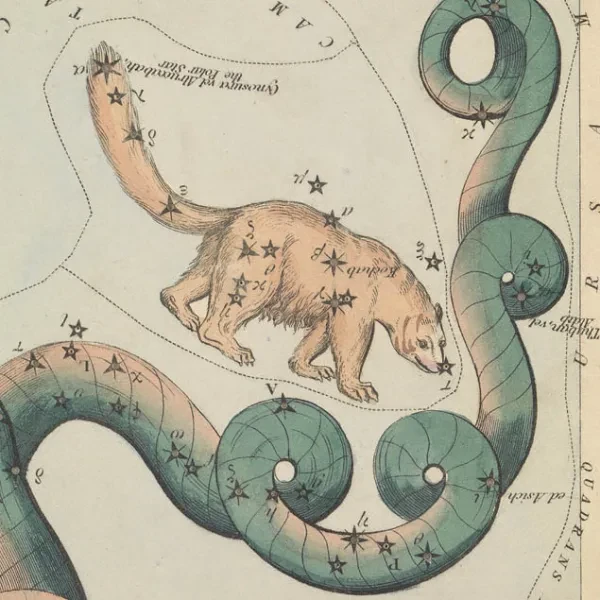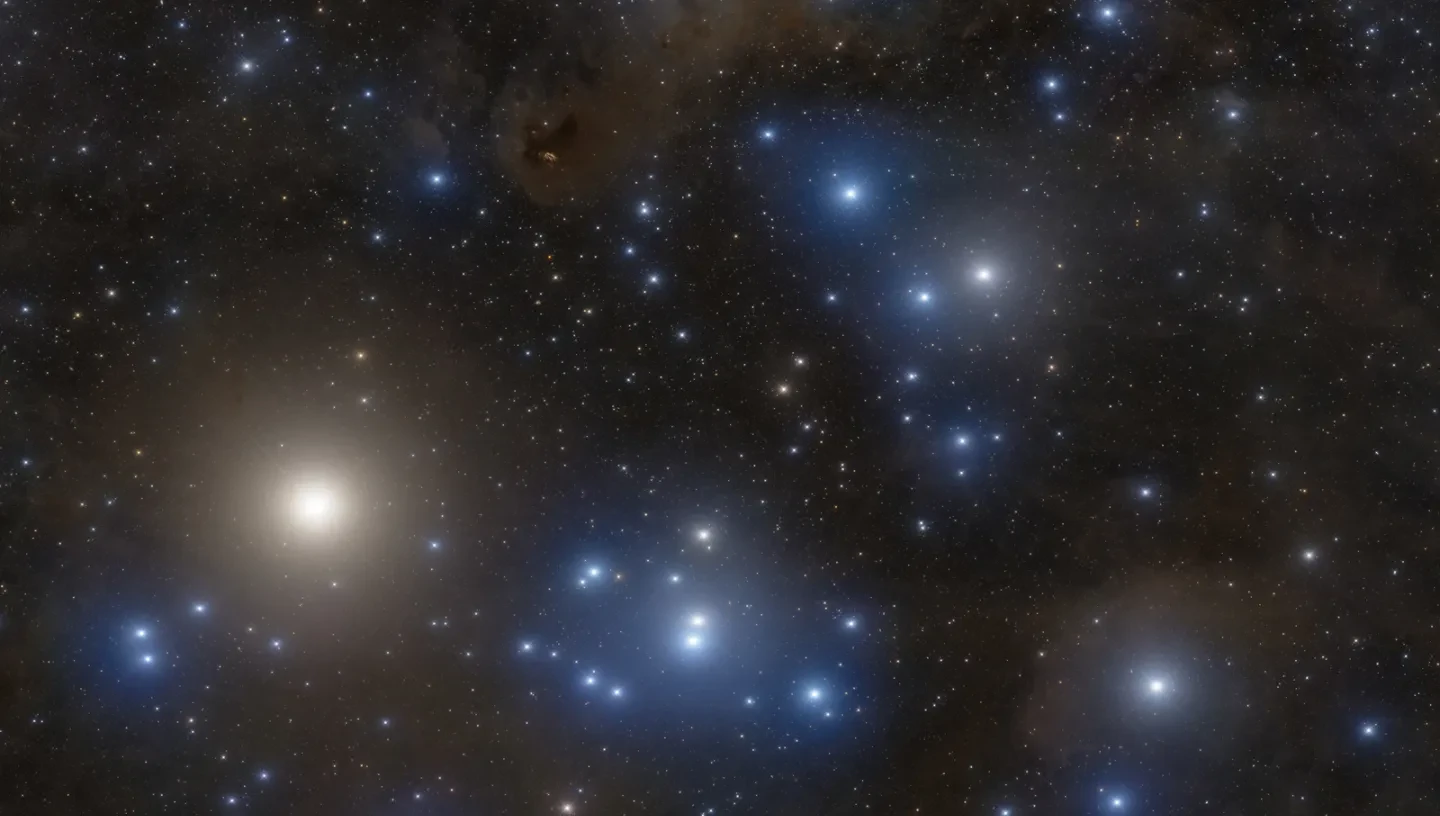
Naming the stars
There are only a few things money can’t buy and your name on a star is one of them. So how are they named?
The only body which can give names to astronomical objects is the International Astronomical Union (IAU). This hasn’t stopped commercial firms from ‘offering’ individuals the ‘opportunity’ to sponsor stars etc. These names will be recognised by no one and you will be wasting your money unfortunately.
Your best bet is to become a world-renowned astronomer or change your name to something like 1995 D3.
The IAU has certain rules to be followed in the official names allocated to different types of object; some of these are outlined below.
Stars
Traditional names for the brightest stars come from the old Arabic names. Some bright stars have either Flamsteed numbers or Greek letters assigned originally by Bayer. Other stars are generally referred to by a catalogue number.
There is a very small number of stars which are named after individual astronomers. This is in honour of the named astronomer's outstanding work on that particular star.
Comets
Comets are named after their discoverers. Sometimes there is more than one independent discoverer and the comet then generally bears their combined names. In addition to this name, comets are given a number which tells you the year of discovery and their order of discovery.
In 1994, the International Astronomical Union updated their mechanism for naming comets. Comets now receive a designation consisting of the year of observation, an upper-case code letter identifying the half month of observation during that year according to the procedure used for minor planets, and a consecutive numeral to indicate the order of discovery announcement during that half month. For example, the third comet reported as discovered during the second half of February 1995 would be designated 1995 D3.
Dwarf planets and asteroids
The naming of minor planets is complex. The earliest discoveries were given names from classical mythology and from contemporary life. Nowadays the privilege of naming a new minor planet rests with the discoverer.
Each is also given a provisional number indicating when it was found and, after its orbit has been determined, it is given a permanent number. Providing that there is no duplication more or less any name may be used (for instance the four members of the Beatles have minor planets named after them, as does James Bond).
The IUA has special rules for naming objects in the Kuiper Belt, and this is where most of the dwarf planets are found (and are likely to be discovered). These planetoids must be named after ‘creator deities’ but not necessarily Roman and Greek deities.
Planetary and lunar features
The naming of the features on the various planets and their moons has been undertaken using different themes for each with attempts being made to keep the themes within some kind of framework.
For example, all of Jupiter's satellites are named after mythical loves of Zeus, the moons of Uranus are fairies and/or Shakespearean women and the features on the surface of Venus are all named after famous women (all deceased, non-political and non-religious).
Other objects
Other objects are given catalogue names. Some of the catalogues have the discoverer's name while others take the name of the discovering institution or telescope or simply that of the person/people/institution making the catalogue.

